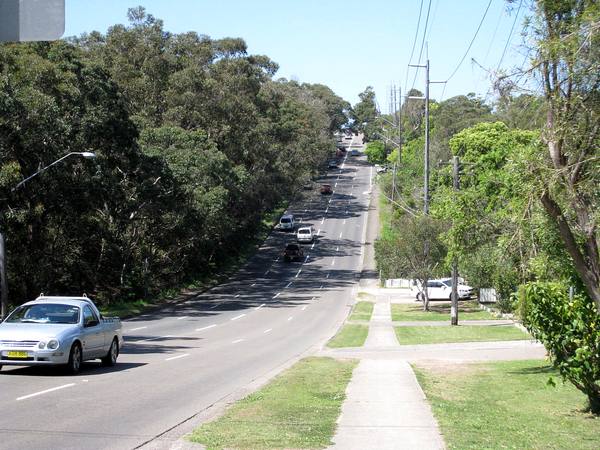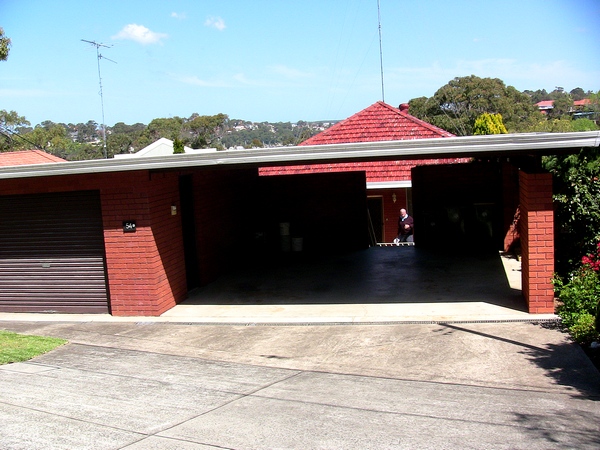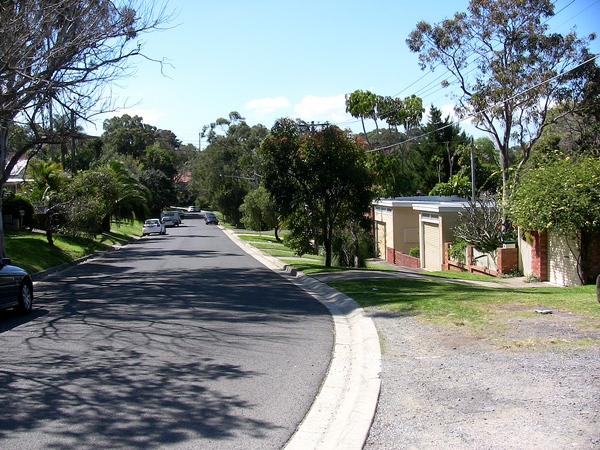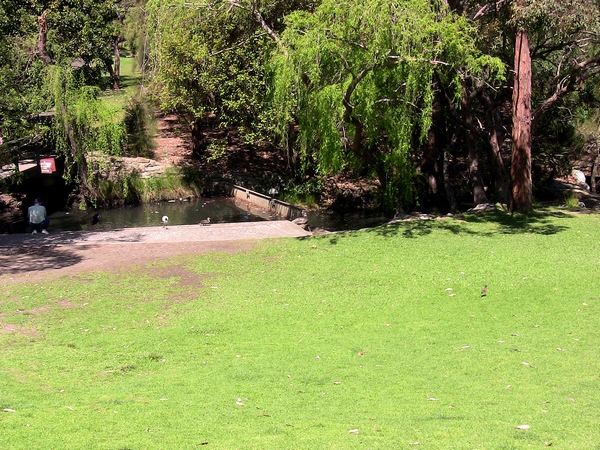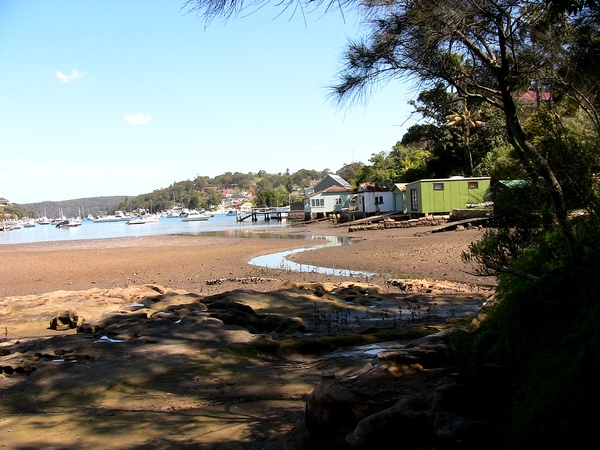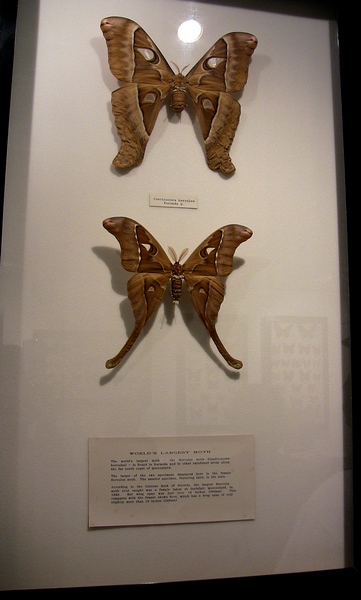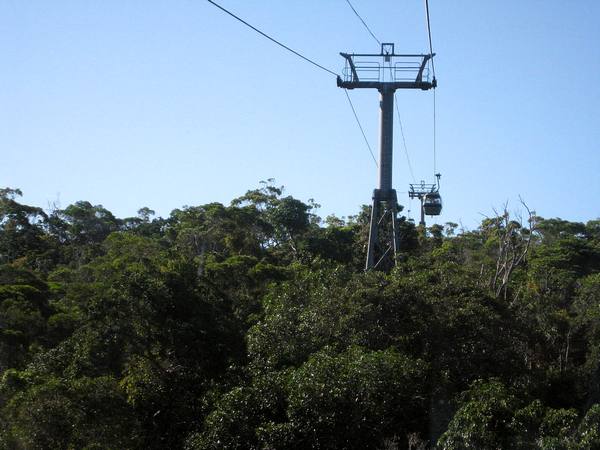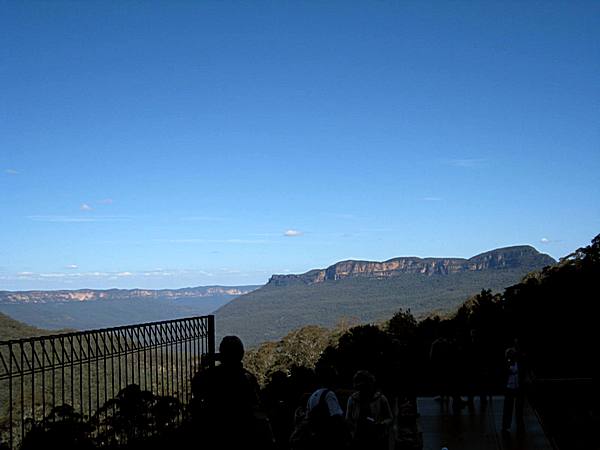The latest news on the economic front is all bad. Housing starts down, resales of homes down, unemployment up, reduced profits or losses being reported by company after company, more bank bailout money required just to keep the tottering ship afloat, etc.
Not so long ago, everything was booming. Then a little fly started to appear in the ointment: the default rate on sub-prime mortgages started to climb. No biggie, right? After all, how many of these types of mortgages were there compared to the normal, ‘safe’ mortgages? What people forgot about, or didn’t understand, was the huge multiplier effect that occurs in what’s known as the derivative market. Lots of sub-prime mortgages were packaged up together and sold as a security that paid handsome interest rates. Lots of people bought these securities, and many banks did too. With the uptick in default rates, all of a sudden it became somewhat problematical whether it could continue to pay out that interest. Their ‘risk’ factor was now higher, so to compensate for the increased risk, the base value of these funds went down. Now comes the multiplier effect: most of these securities were purchased effectively on margin: often only 10% of the real price was being paid upfront, with the rest borrowed. At this kind of margin, a 5% drop in the base price translated to a 50% drop in the net value to the securities holder, a 10% drop basically wiped its value out. All of a sudden, large banks found that they had huge losses piling up in these securities. These heavy losses ate up the bank’s working capital, leaving them with little or no money to lend out, and a requirement to replenish their capital to meet Federal regulations which are designed to protect those who have put money into a bank. Where can that new capital come from? Investors. But if they are putting money into these banks, they are not putting it elsewhere in other types of companies, so the overall effect is a drop in the entire stock market.
With reduced stock prices and banks not willing or able to lend money, many companies put on hold or canceled plans to expand. Other companies that supplied these companies suddenly saw projected orders disappear, and they cut back expenditures, salaries, and employees to compensate. As more and more employees found themselves out of job, more and more mortgages, even of the ‘prime’ type, fell into default, making a glut on the housing market of properties the banks needed to unload at any price just to salvage something on their investment, driving housing prices down, which made it near impossible for many people to re-finance or be willing to do home improvements and also affected their outlook about any other type of large outlay, such as buying a new car. Fewer people buying fewer things = less profit for the companies that make such things = lower stock prices = more cutbacks and layoffs = more mortgages in default = still lower housing prices = still lower consumer confidence = fewer people buying fewer things. This is what’s known as a positive feedback cycle.
The question is, where does it end? What is needed to break this cycle? The last truly major recession took the impetus of WWII to really break the cycle. All the public work programs, bank credit fixes, and deficit spending that was implemented between 1933 and 1939 didn’t break this cycle – at most these items prevented the economy from complete collapse here in the US (Germany did experience that complete meltdown, but it had other special factors that made things worse there).
Breaking a cycle like this can be attacked at any of the points within it. Any action that improves consumer confidence, makes companies more likely to expand and hire new people, puts more spendable cash in people’s pockets, increases sales and/or prices of homes or consumer goods, gives people and companies a positive road-map to the future where planning to do and get new things has a high probability of becoming true, all could work.
The current actions by the government are trying to attack exactly these items. The only real question is, are they putting enough money into all of these fronts to make a significant difference? The lesson from the Great Depression is that it really takes a lot more ‘stimulus’ than most people and politicians can even begin to imagine, and I’m afraid that the current amounts being bandied about are going to amount to too little, doled out over too long a time frame. Current US GDP is estimated at about 14 trillion/year. The stimulus package is currently touted as somewhere around 800 billion to 1 trillion, with a lot of that not being available immediately, but only in future years. Only perhaps 300 billion is going to seen immediately (in the next three months). Which means we’re trying to influence the movement of the entire US economy by spending about 2% of its total size. Worse, part of that stimulus is going to be offset by tax and fee hikes by various state governments desperately trying to balance their own budgets in the face of declining income.
I’m afraid, given the current planned course of action, that this current nasty feedback cycle is going to continue for quite some time, and get a lot worse, before the appropriate amount and kinds of stimulus are voted through that can really break this spiral.





